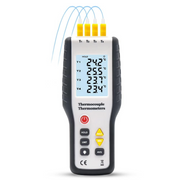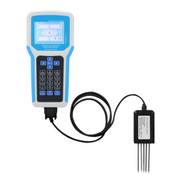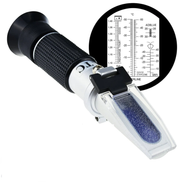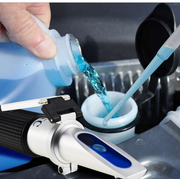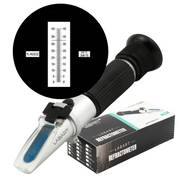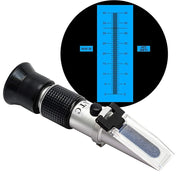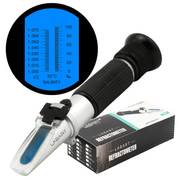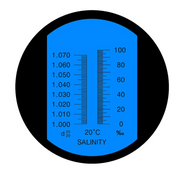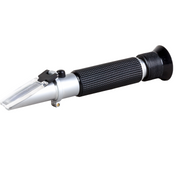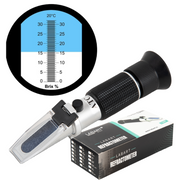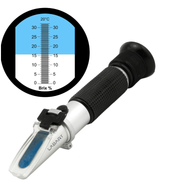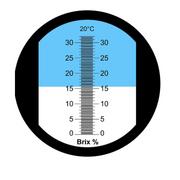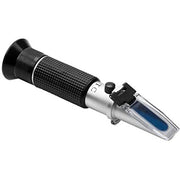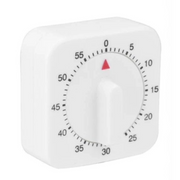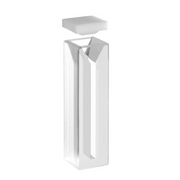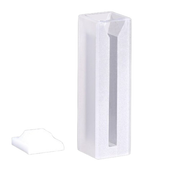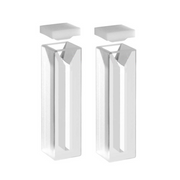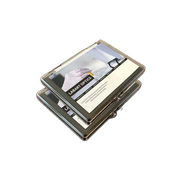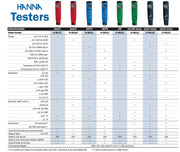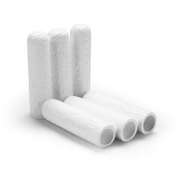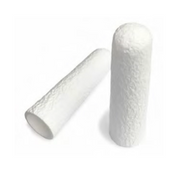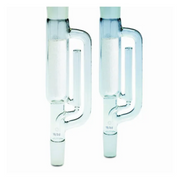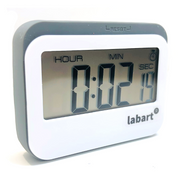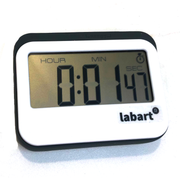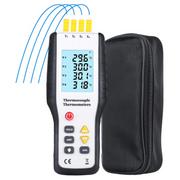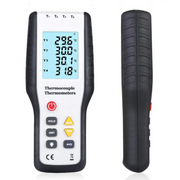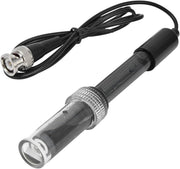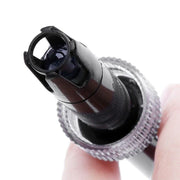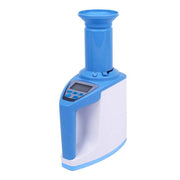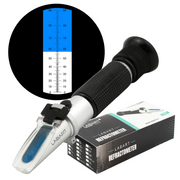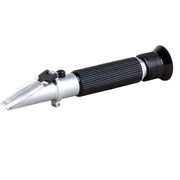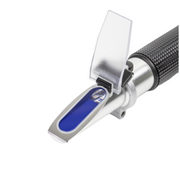Specification and Description of Titanium Foam
Titanium foam is a low-density, permeable material with numerous applications. It has very high porosity usually 75-95% of its volume is space. This foam is often used for thermal insulation, sound insulation, absorbing environmental pollutants, filtering liquid metal alloys, and as a base for catalysts that need a large internal surface area. It is generally readily available in most volumes. More technical, research, and safety information is available.
It has a high specific strength, absorbs much energy, resists corrosion very well, and is compatible with the human body. These materials are ideal for use in the aerospace industry. Their inherent corrosion resistance makes the foam useful for various filtering applications. Further, since titanium does not react with the human body, its porous form shows promise as an implant material for medical devices.
Metal foam is a new type of metal material that contains foam pores. It not only retains the characteristics of metal materials, such as weldability, conductivity, and extension, but also has the functional properties of porous materials, such as energy absorption and vibration reduction, noise reduction, electromagnetic shielding, air permeability, water permeability, and low thermal conductivity. The biggest advantage of making titanium foams is that their mechanical and functional properties can be adjusted. This is done by changing the manufacturing process to vary the porosity and cell structure. It is very appealing because many industries want new technologies like this.
Titanium foams with aligned, elongated pores are created using a freeze-casting method. An aqueous slurry is directionally frozen to induce ice dendrite formation. The powders are pushed ahead of the solidification front and into the interdendritic spaces. The ice is then freeze-dried, or sublimated, away, leaving behind the loosely connected titanium powder foam whose pore structure is determined by the growing ice crystals. Directional freeze-casting has been used with polymers, organic materials, and, most recently, alumina; however, it has never been used in a metal system. Recently, we have successfully used titanium powders to create directional freeze-casting casting foam with aligned, elongated pores. We have investigated the foam microstructure and its mechanical properties.


















